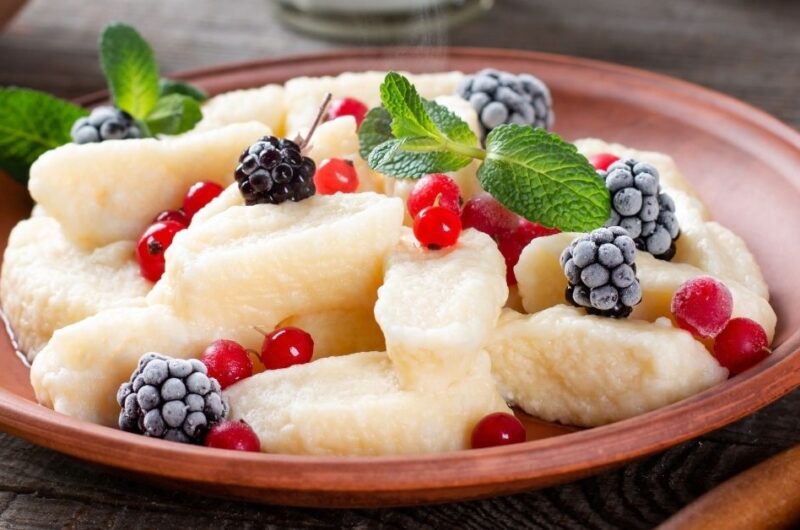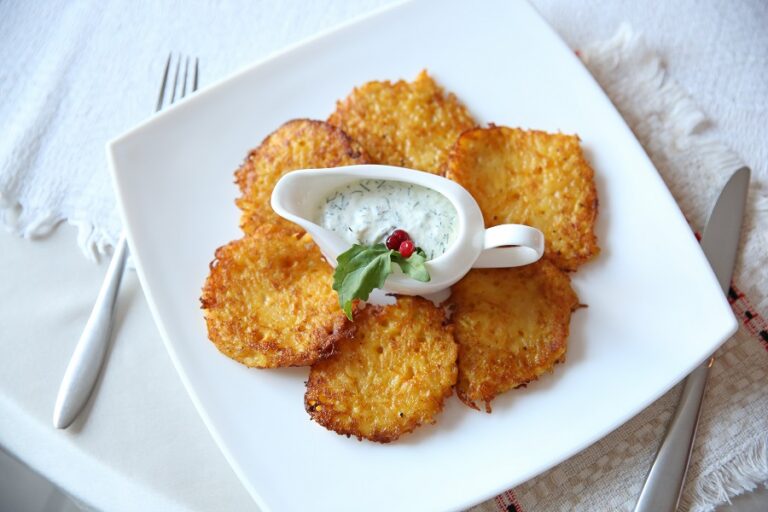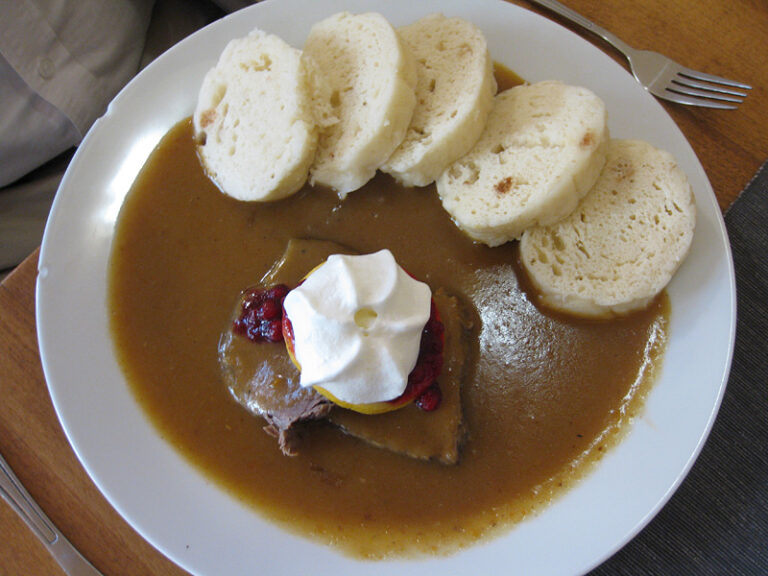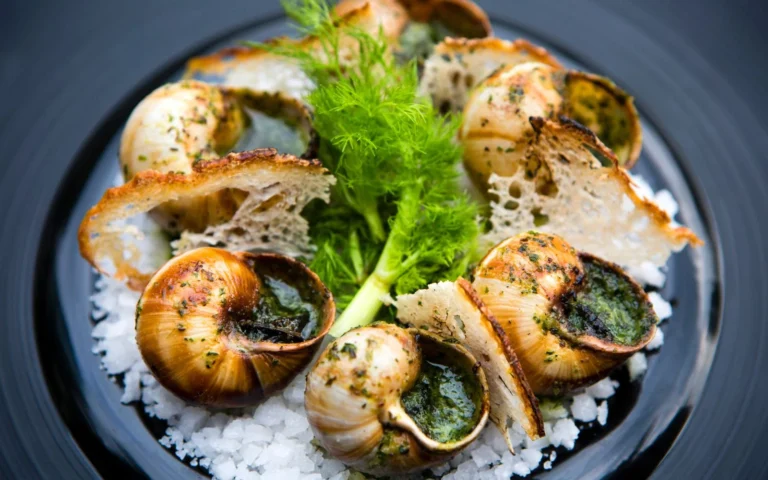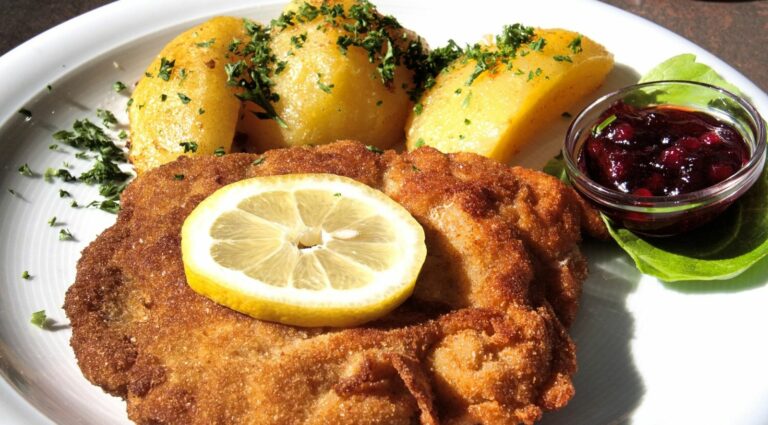Introduction to Ukrainian cuisine
Ukrainian cuisine is a combination of rich flavors and unique ingredients, making it one of the most interesting and diverse culinary traditions in Eastern Europe. Ukrainian cuisine is heavily influenced by the country’s geography, as well as its history, with various cultures leaving their mark on the food throughout the centuries.
Ukrainian food is typically hearty and filling, with a focus on simple, wholesome ingredients. It is also known for its use of fresh herbs and spices, as well as hearty meats and starchy vegetables.
Common ingredients in Ukrainian dishes
Ukrainian cuisine relies heavily on the use of locally sourced ingredients, such as potatoes, beets, cabbage, and mushrooms. Meat, particularly pork and beef, is also a staple in many Ukrainian dishes.
Herbs and spices are important in Ukrainian cuisine, with dill being a particular favorite. Garlic, onion, and black pepper are also commonly used. Dairy products, such as sour cream and fermented milk, are also popular in Ukrainian cooking.
Influences from Eastern Europe
Ukrainian cuisine has been heavily influenced by the various cultures that have inhabited the region over the centuries. Eastern European flavors are particularly prevalent, with Polish, Russian, and Balkan influences all making their mark on Ukrainian food.
One key influence on Ukrainian cuisine is the use of pickled vegetables, which is a common feature of many Eastern European cuisines. The use of fermented products, such as sauerkraut and kvass, is also a popular feature of Ukrainian cooking.
Traditional Ukrainian dishes with Eastern European flavors
Borscht is a quintessential Ukrainian dish that has been influenced by Eastern European flavors. The soup, which is made with beets, cabbage, and potatoes, is often served with sour cream and fresh dill, giving it a distinctive Eastern European taste.
Another traditional Ukrainian dish that has been influenced by Eastern European flavors is pierogi. These dumplings, which are filled with mashed potatoes, cheese, or meat, are a popular dish throughout Eastern Europe and Russia.
Modern twists on Ukrainian cuisine
In recent years, Ukrainian cuisine has seen a revival, with many chefs taking traditional dishes and adding their own modern twists. This has led to a new wave of Ukrainian cuisine that is characterized by its creativity and innovation.
One example of this is the use of unusual ingredients, such as sea buckthorn and buckwheat, which have been incorporated into traditional Ukrainian dishes to create new and exciting flavors. There has also been a focus on presenting Ukrainian cuisine in a more contemporary way, with a focus on presentation and aesthetics.
Conclusion: Ukrainian cuisine’s rich cultural heritage
Ukrainian cuisine is a reflection of the country’s rich cultural heritage, with influences from Eastern Europe and beyond. The use of fresh, locally sourced ingredients, combined with traditional techniques and recipes, has created a unique culinary tradition that is both hearty and flavorful.
With a new wave of Ukrainian chefs adding their own modern twists to traditional dishes, Ukrainian cuisine is sure to continue to evolve and grow in popularity both in Ukraine and around the world.


